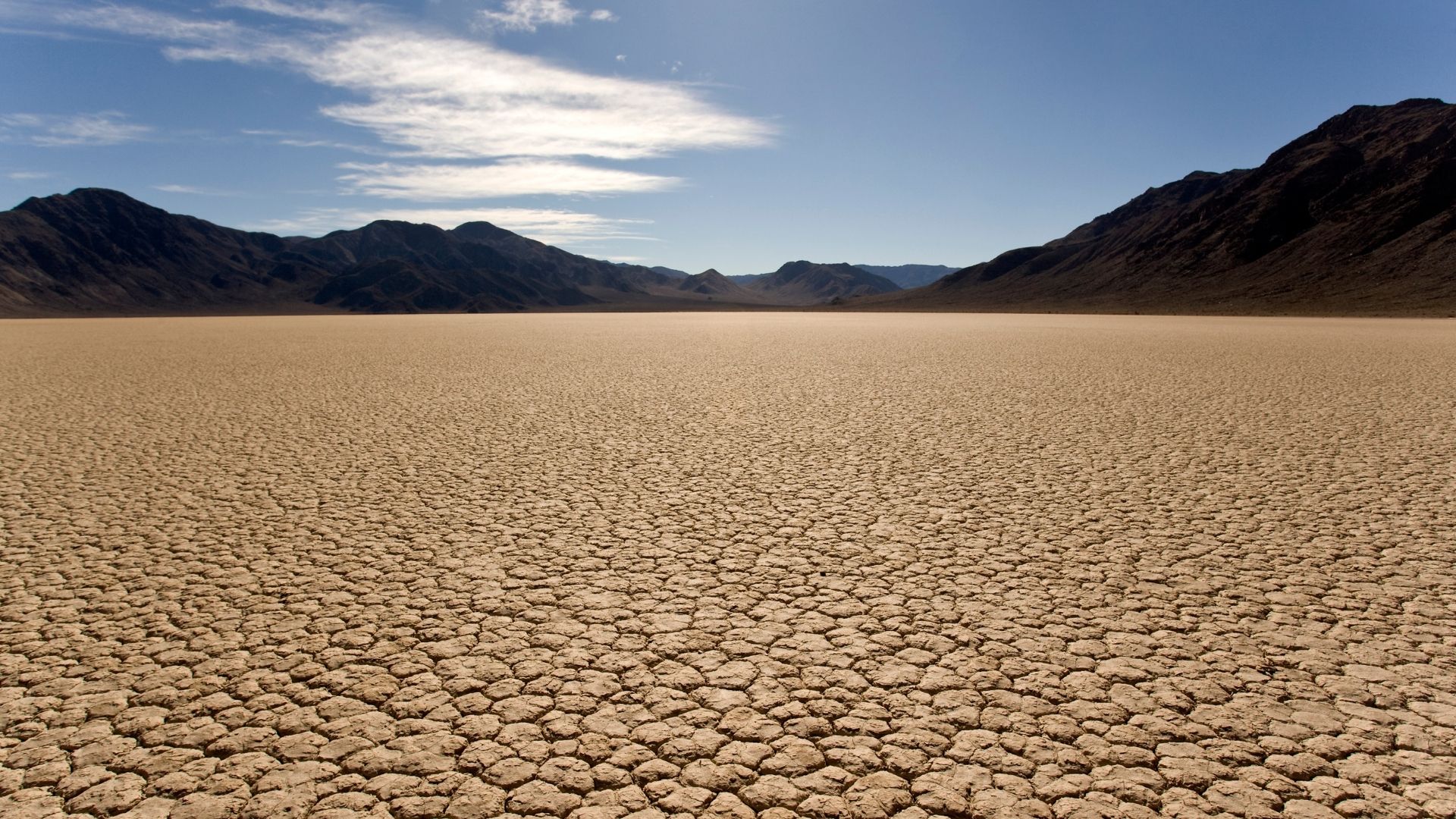In recent years our planet is experiencing unusual weather events which are all linked to climate change: heavy rains, floods, draught, extreme heatwaves, and extended forest fires. Another recent weather-related phenomenon is recurring outbreaks of desert locusts across several East African and Middle Eastern countries.
The main explanation to this upsurge is that desert locust, which poses serious threat to food security and livelihoods, needs warm yet wet sand in order to reproduce. Recurring rains in recent years in desert areas such as in the Arabian Peninsula have caused a thousandfold increase of its population. Scientists claim that what triggered those rains in the Arabian Peninsula was the warming of the western part of the Indian Ocean. Another interesting fact is that due to climate change the migration routes of these hoppers have changed over the years, and they were spotted even in northern Iraq.

Several countries in the region already mired in wars, conflicts or simply political instability are unable to efficiently fight large scale swarms and to prevent their spread to other countries. According to experts, although the situation in Saudi Arabia, Egypt and Sudan is under control, it is still alarming in Ethiopia, Somalia and Kenya.
The last time Israel faced with the appearance of this short-horned grasshopper was in 2013, when millions of these insects extended for more than three months all over the country from Eilat to the North. Nevertheless, there were no significant damages to crops or agriculture due to fruitful collaboration between Israel and its neighboring countries, especially Jordan.

